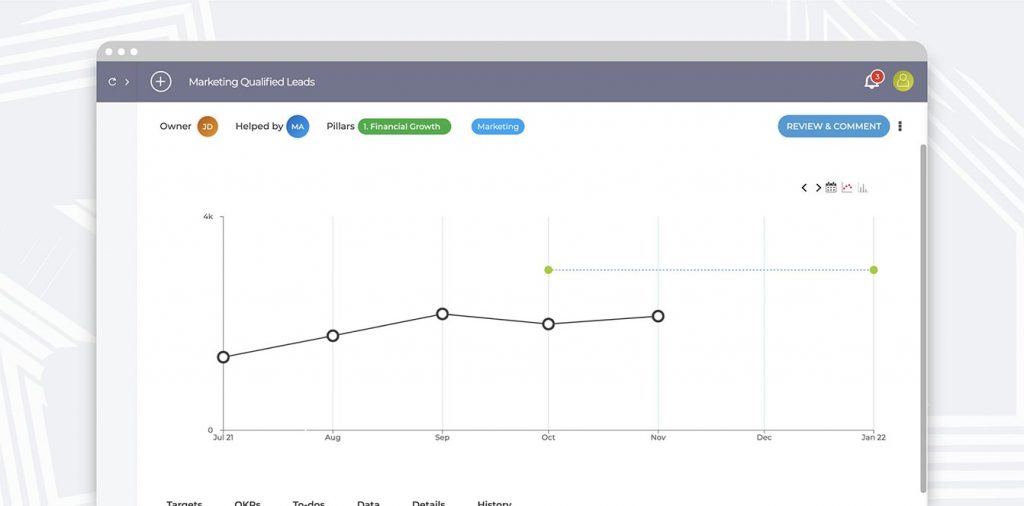The Ultimate Guide To KPI Management
KPI Introduction
KPI stands for Key Performance Indicators. KPIs are metrics that you measure in order to show you how you are doing against a desired level of performance and outcomes. The only real difference between a KPI and a metric is the word ‘key’ implies these are ‘really’ important.
KPIs are not just financial, as these are typically lagging indicators. KPI planning needs to consider what the drivers of these indicators are across the organization, and in doing so, achieving clarity on what the faster moving leading indicators are.
Key Performance Indicators are used in numerous ways by most businesses and can be used in an agile working environment. Their brilliance and success comes from their simplicity.
Some Advice Before You Create KPIs

KISS
Correlated
Distributed
Influenceable
Owned & Maintained
Aligned
Front of Mind
because it’s not in-front of us on a daily basis. A form in in-attentional blindness.
Set and manage KPIs with ZOKRI
- United Kingdom
Ashtead
KT21 1RZ
+44 20 7046 1328

- United States
New York
NY 10013
+1 646-718-4720
- ZOKRI helps leaders and teams achieve strategic goals using the OKR (Objectives & Key Results) framework. Our platform aligns strategy, goals, and people, fostering engagement and growth through comprehensive training and management systems.
© ZOKRI 2025 All rights reserved | Privacy Policy | Terms & Conditions | GDPR
Contacts Us
Tell us what you need. We'd be delighted to help.
"*" indicates required fields